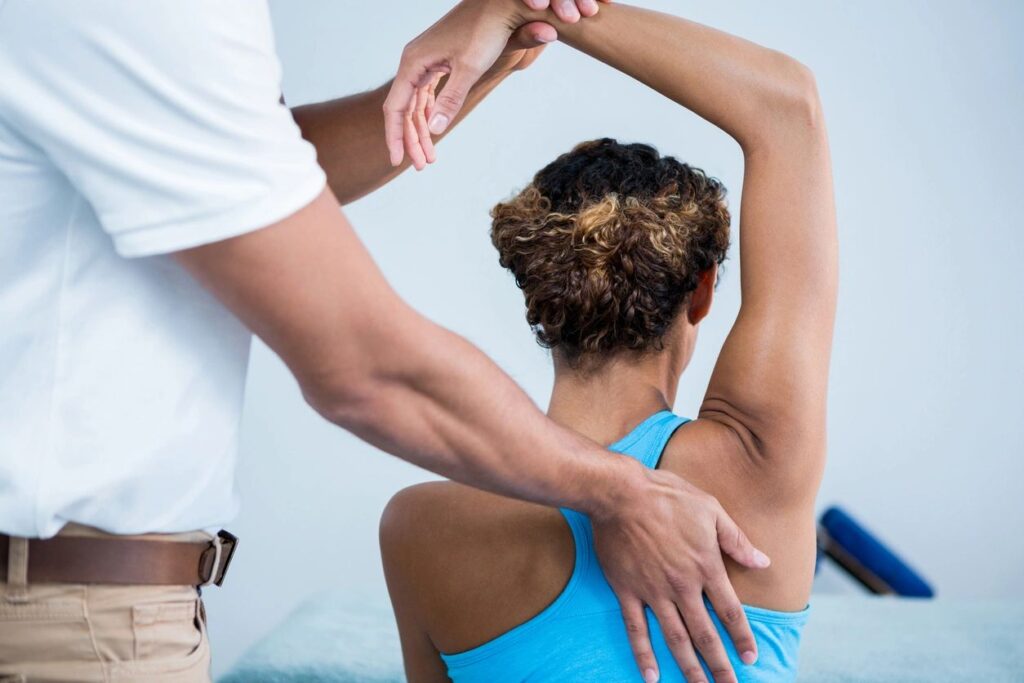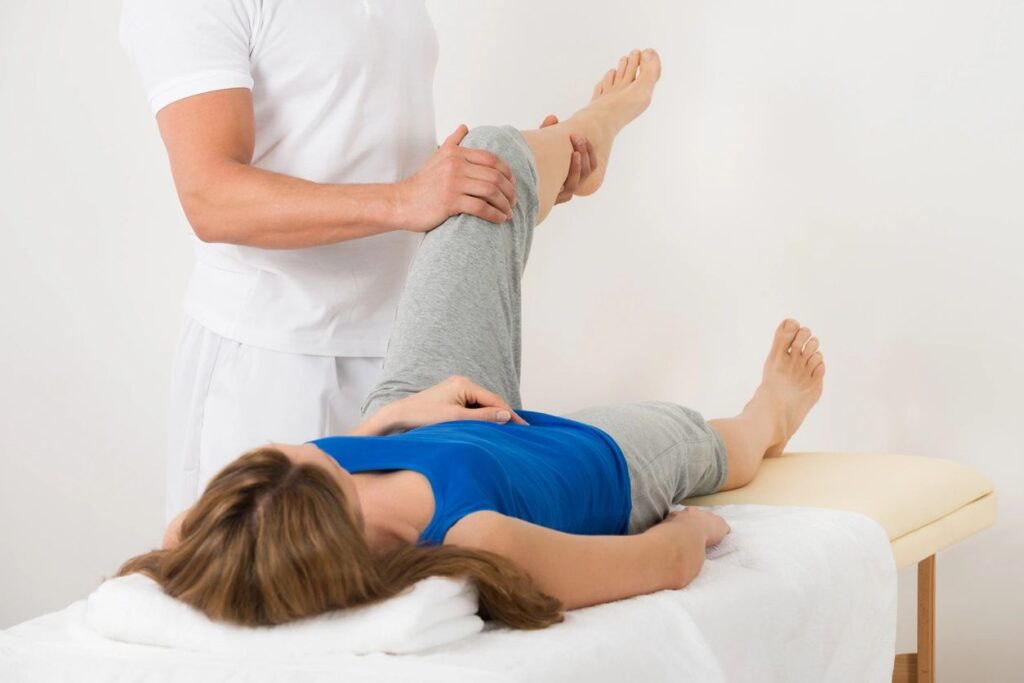
Chronic pain can be a real mystery. Where we feel pain, and where the problem is that is causing the pain, can sometimes be completely different. Or you can have pain over a large area, and there are a dozen or more potential sources of pain in that area. How are we to know what is causing pain, and what just happens to be located at the site of pain?
PNMT is a method to start unraveling the mystery. As a PNMT therapist, I use a highly specific knowledge of anatomy combined with a variety of tests to narrow down which specific muscles, tendons, ligaments, joints or nerves might be contributing to a painful condition. We then use a variety of techniques to treat the potentially painful tissues, and then assess whether that treatment has had some beneficial affect on the pain. It is a very different kind of bodywork session from a regular massage.
For one, we generally do PNMT fully clothed. Suppose you have a pain in your hip that you feel when you stand on that leg and lift your opposite leg in the air. Well, I identify a muscle that I think might be the problem, and we work on it. But then I want to see whether that work has improved your pain. To do that, I need you to get up off the table and stand on one leg again. Yeah, it’s a little better, but now the pain is more in the back of your thigh than your hip. So then I might have you sit while I do a strength test on your hamstring, lay on your stomach while I do some work on your leg, then have you stand up again to see whether that work has improved your pain. This is an example of the process when we have a pain complaint, and we don’t know the exact cause. We want to re-assess during the session to make sure that you are getting the result you want. This would be difficult if you were partially undressed under a sheet. This is why I ask that you wear comfortable, flexible clothing, like you might wear to the gym.
In addition, when something hurts, it’s usually not just one spot and everything else is doing just fine. Often a spot is painful because there’s weakness or restriction somewhere else. Or there’s a postural imbalance that’s leading something to be strained. We’re not looking for only the immediate cause of the pain. Often, we want to find the cause of the cause, and work there as well. So we’ll be assessing the range of motion of joints, strength of muscles, and postural strains as well. We really want to get to the bottom of things, it is what PNMT is all about.
